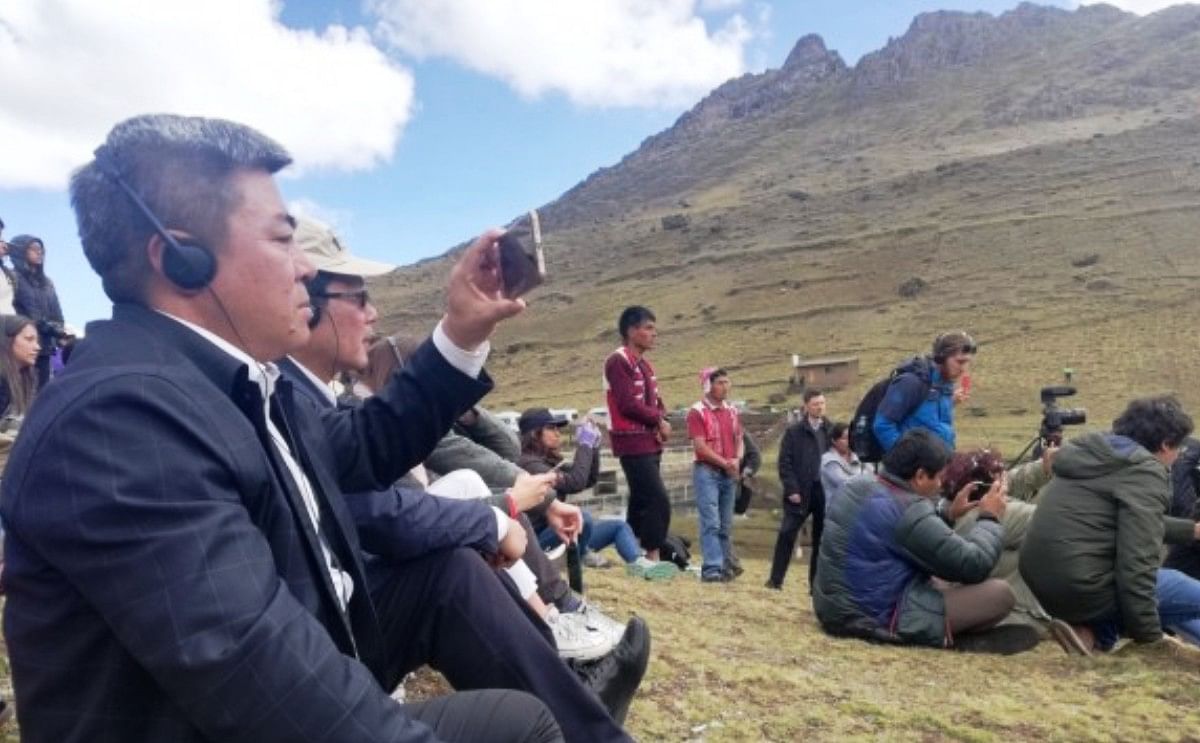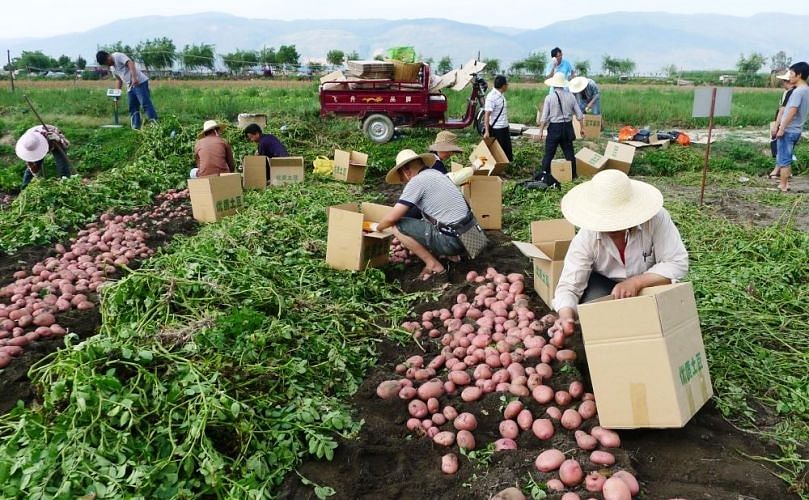A delegation of Chinese scientists visited the Potato Park as part of the Food Forever Experience event, held last week in Cusco. (Courtesy: Manuela Zurita | El Comercio)
25% of Chinese potatoes were improved with varieties from Peru

China is currently the world's largest producer and consumer of potatoes, with some 5 million hectares installed.
The potatoes are valued there for their nutritional contribution and minerals, such as iron and zinc and vitamin A, and are a way of life for the people.
Peru is a strategic reference in food security for the growing population of China (1.386 million people in 2017, according to the World Bank), as it has been a supplier of potato genetic material to the Asian giant for about 40 years.
In fact, 25% of the varieties grown in China were improved with varieties from Peru.
According to Mei Xurong, the vice president of the Academy of Agricultural Sciences of China (CAAS), the potato saved the Chinese population in the great famine of 1960, at which point its cultivation became popular in China.

The Qingshu 9 variety was developed from the genetic material sent by the CIP from Peru and has been successfully disseminated in China. It is tolerant to viruses and drought.
In that sense, China is marking a precedent, considering that tuber consumption has stagnated in industrialized countries, such as the United States and Europe.Oscar Ortiz, the deputy director of research for the development of CIP:
“The potato has been a fundamental food. It was fundamental for the Andes and Europe during the Industrial Revolution and now it is essential for Africa and Asia.”The fact of producing locally and not being subject to the volatility of the markets, like the rest of the cereals, has turned the potato into a protection crop for the Chinese, said Ortiz.
In addition, the potato also has two annual harvests, alternated with rice, in almost half of the time of the latter.
Today China is focused on developing varieties that are tolerant to drought, since its production is focused on irrigation, says Ortiz. They are also working with the CIP from Peru to achieve that, he added.







